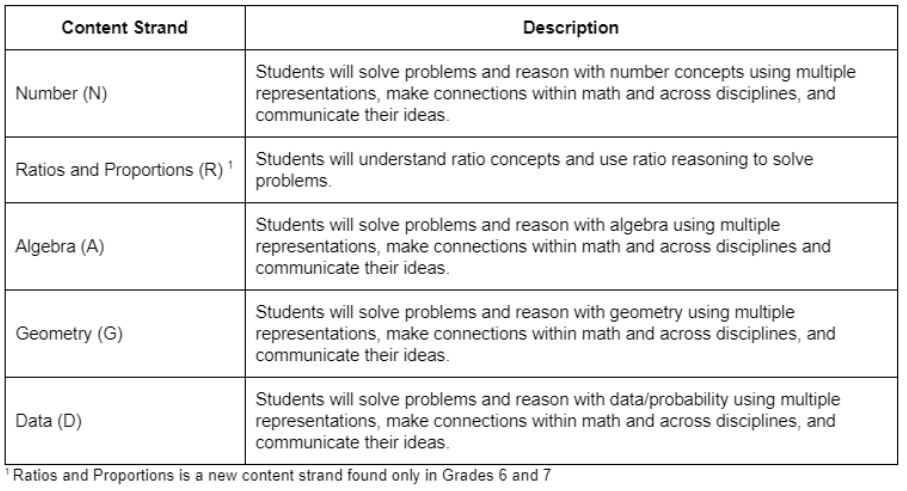On September 2nd, 2022 the Nebraska Department of Education Board adopted the revised Nebraska College and Career Ready Standards for Mathematics (NCCRS-Math). The standards are designed to ensure all students have access to grade-level mathematics content centered on deep learning of concepts while actively building new knowledge from their experiences. The revised mathematics standards encompass a wide range of essential skills across the strands of Number, Algebra, Geometry, and Data. The standards describe not only expectations for college and career readiness, but the 21st century mathematical literacies for critical and innovative thinking and problem solving. The progression of skills within each strand are research and evidence-based and designed to prepare Nebraska’s students for postsecondary and workforce demands. For more information visit the Nebraska Department of Education Mathematics Homepage at https://www.education.ne.gov/math.
On October 18th, 2022 the Teaching & Learning department hosted a day for K-12 mathematics teachers to explore the revised standards. 55 K-12 math teachers, administrators, and curriculum directors joined us at ESU 10. During this stage, time and activities focus on building understanding of the revised standards, mathematical processes, and the instructional shifts reflected within revised standards. The focus of the NCCRS-Math workshop was based on the four-year implementation timeline released by NDE that identified the 22-23 school year as the exploration stage. To learn more about the NCCRS-Math Implementation Timeline including the summative assessment implications click here.
Participants discovered the changes within the standards by using two resources released by NDE in conjunction with the revised standards. A key features and talking points document gives the rationale for the key features of proposed revision. NWEA created a crosswalk between the 2015 to 2022 math standards to provide insight into classroom implications that will occur due to changes in the indicators at each grade level.
Participants also analyzed the Key Instructional Shifts for Nebraska’s 2022 College and Career Ready Standards for Mathematics. The three key instructional shifts signaled by our revised standards are Focus, Coherence and Rigor. This instructional shifts document provides an overview of the instructional shifts and the roles that teachers, leaders, and students have in their implementation. The day concluded with school districts working as a team to discuss grade level implications and next steps during the exploration stage.
2022 Nebraska College and Career Ready Standards for Mathematics Highlights
- Importance of vocabulary
- “Real World” changed to authentic
- Grade level content focus statements at each grade level
- Increased focus on the mathematical processes
- K-2 = Indicators that align with algebraic relationships are in the main content strand of number rather than algebra; Subitizing
- 3-5 = Removal of rounding (strategy for estimation and reasoning); increased number of standards related to fractions
- 6-8 = Increased focus on ratios and proportions (new strand)
- Data strand strengthened to create greater K-12 coherence
- K = Classification
- 1-5 = Data collection and analyze data and interpret results
- 6-8 = Data collection, analyze data and interpret results, and probability
- HS = Data collection and statistical methods, analyze data and interpret results, and probability

Mathematical Processes:
- Problem Solving: Make sense of problems and persevere in solving them.
- Reasoning: Reason quantitatively and abstractly and consider the reasoning of others.
- Representations: Create and use representations to organize, record, and communicate mathematical ideas.
- Connections: Analyze mathematical relationships to connect mathematical ideas.
- Communication: Explain and justify mathematical ideas using precise mathematical language in written or oral communication.